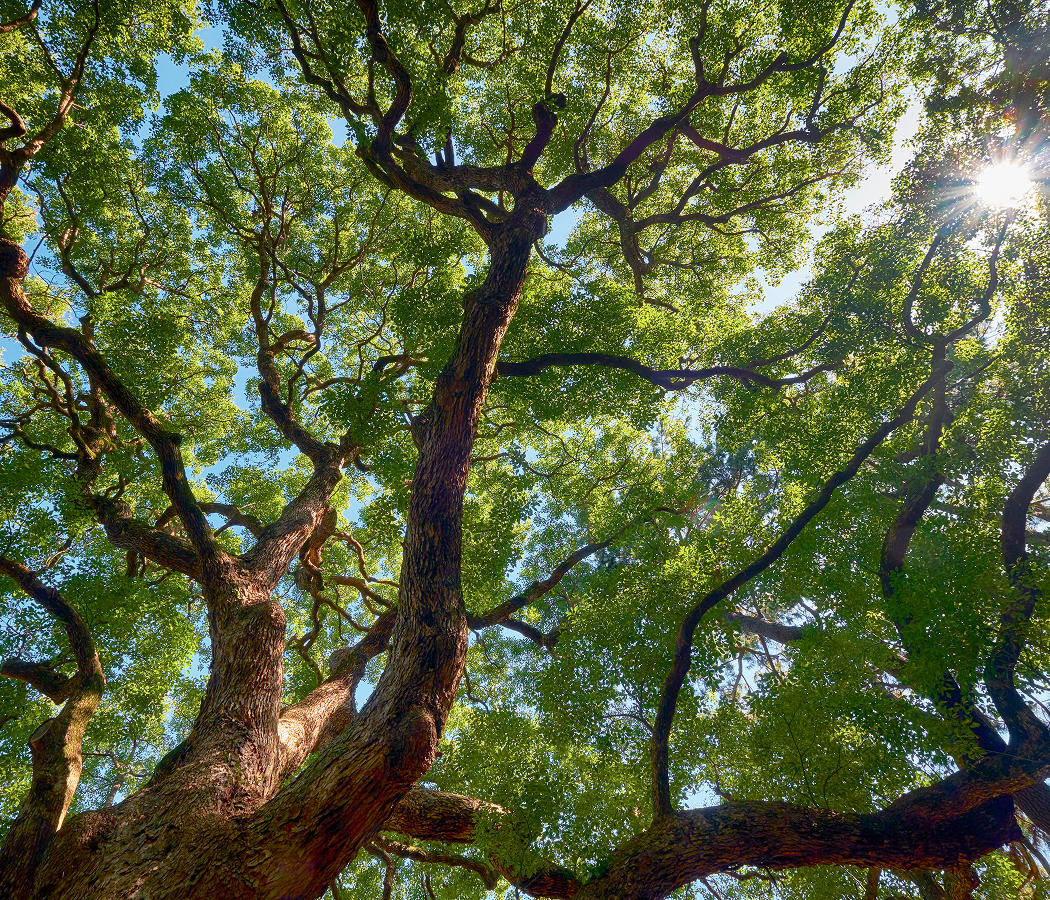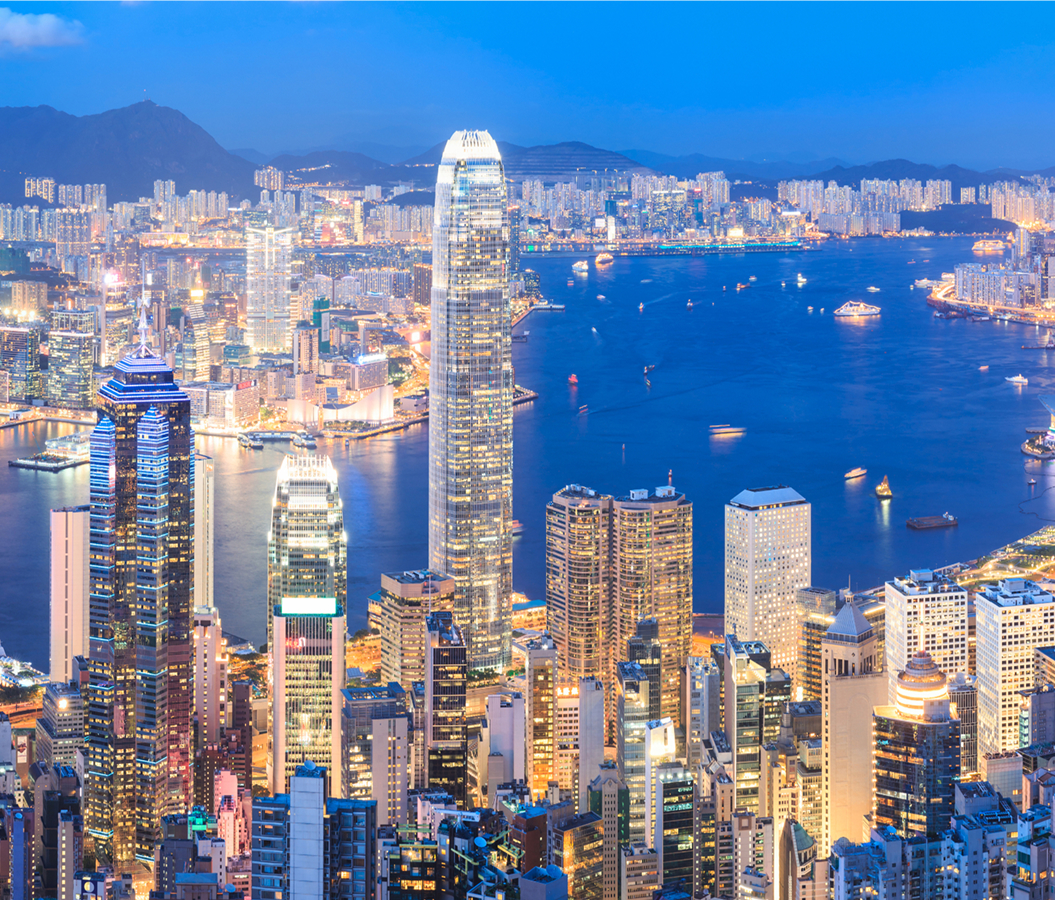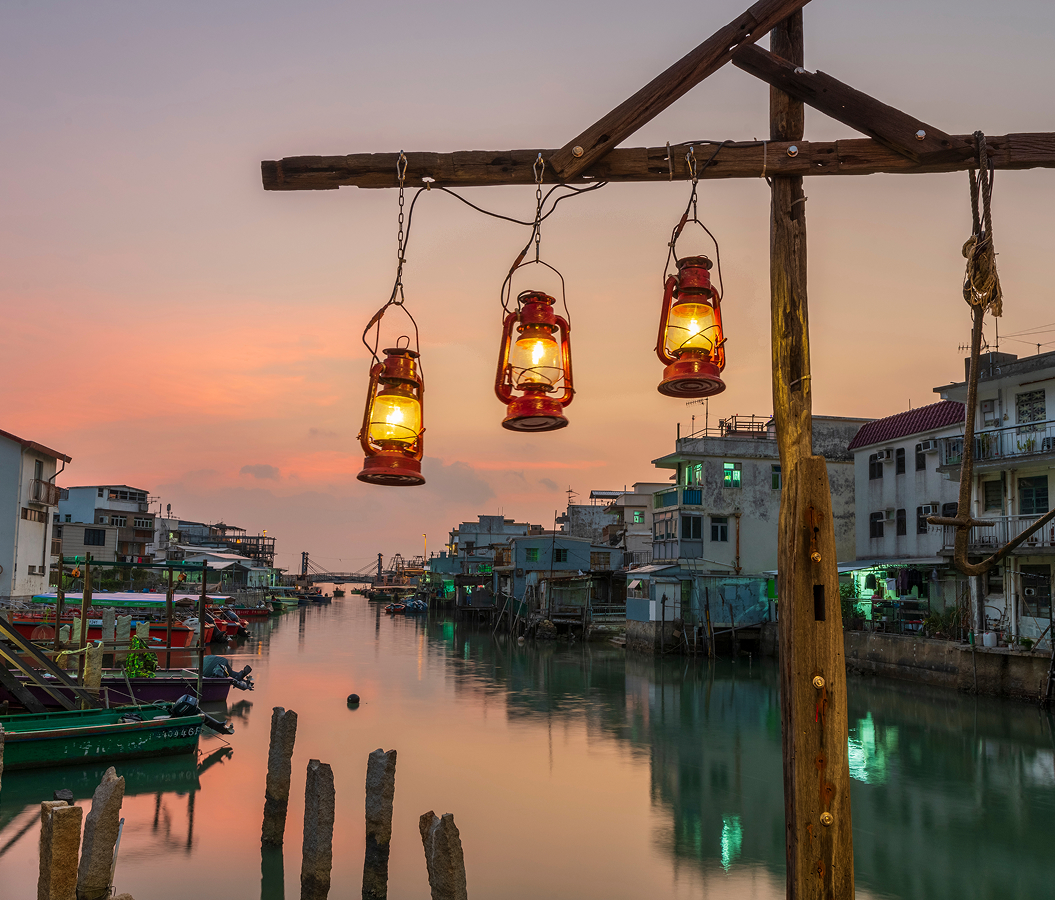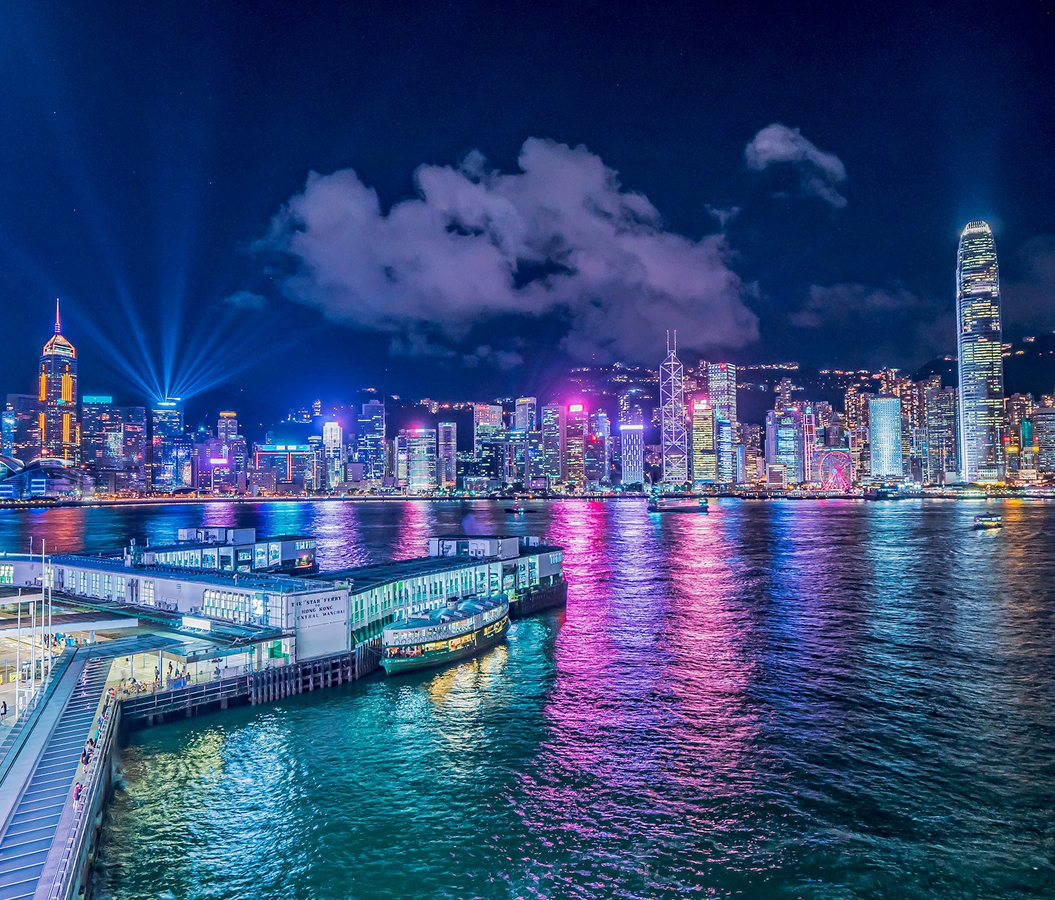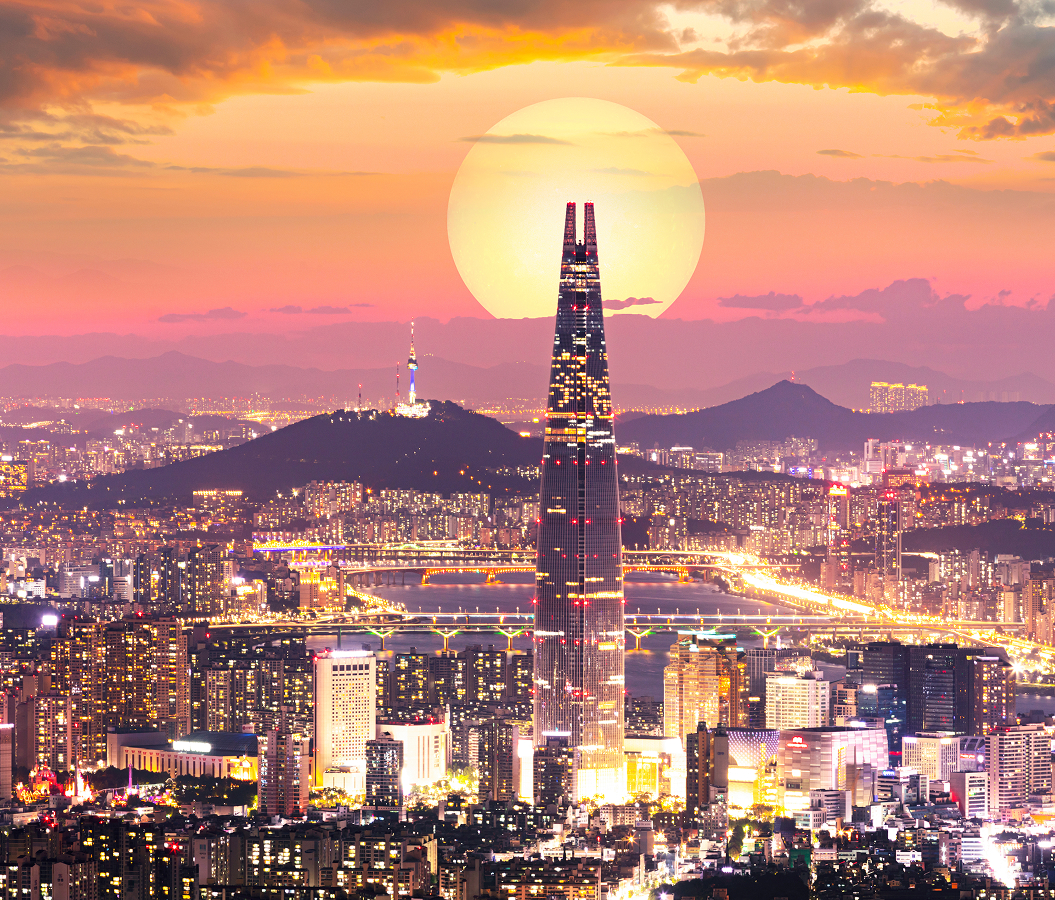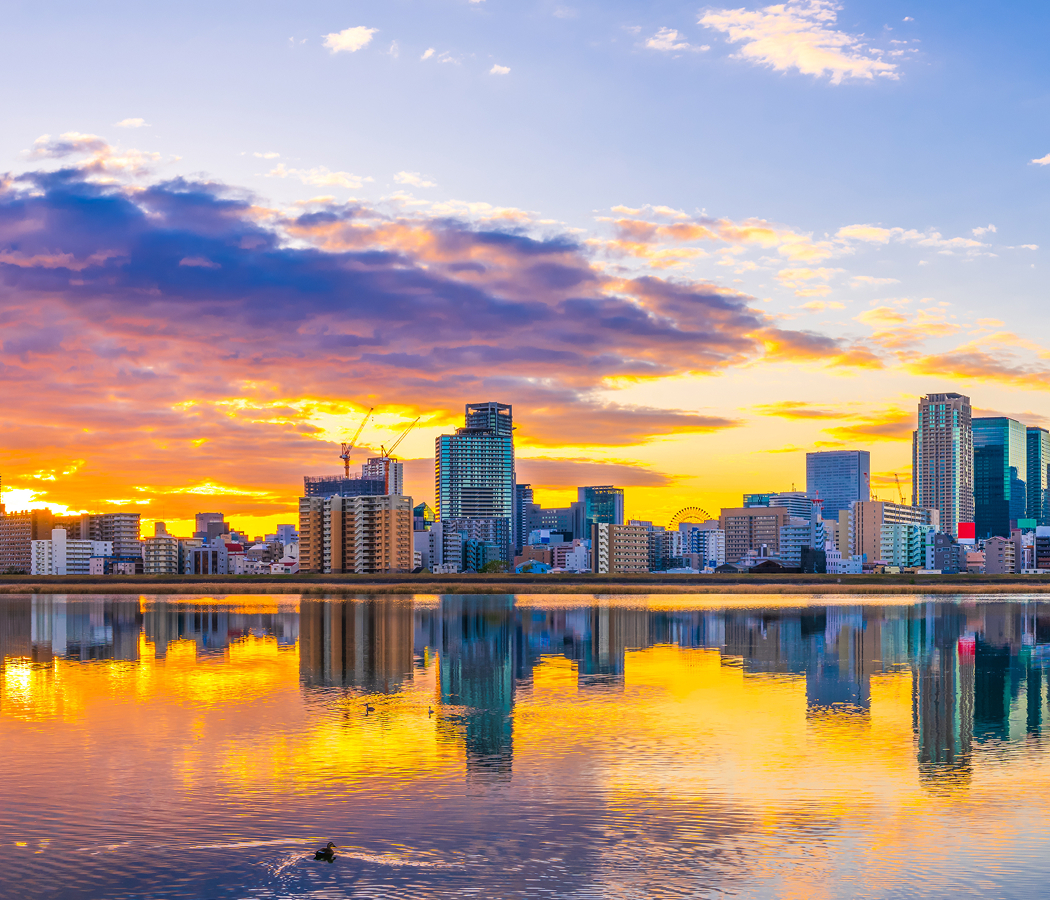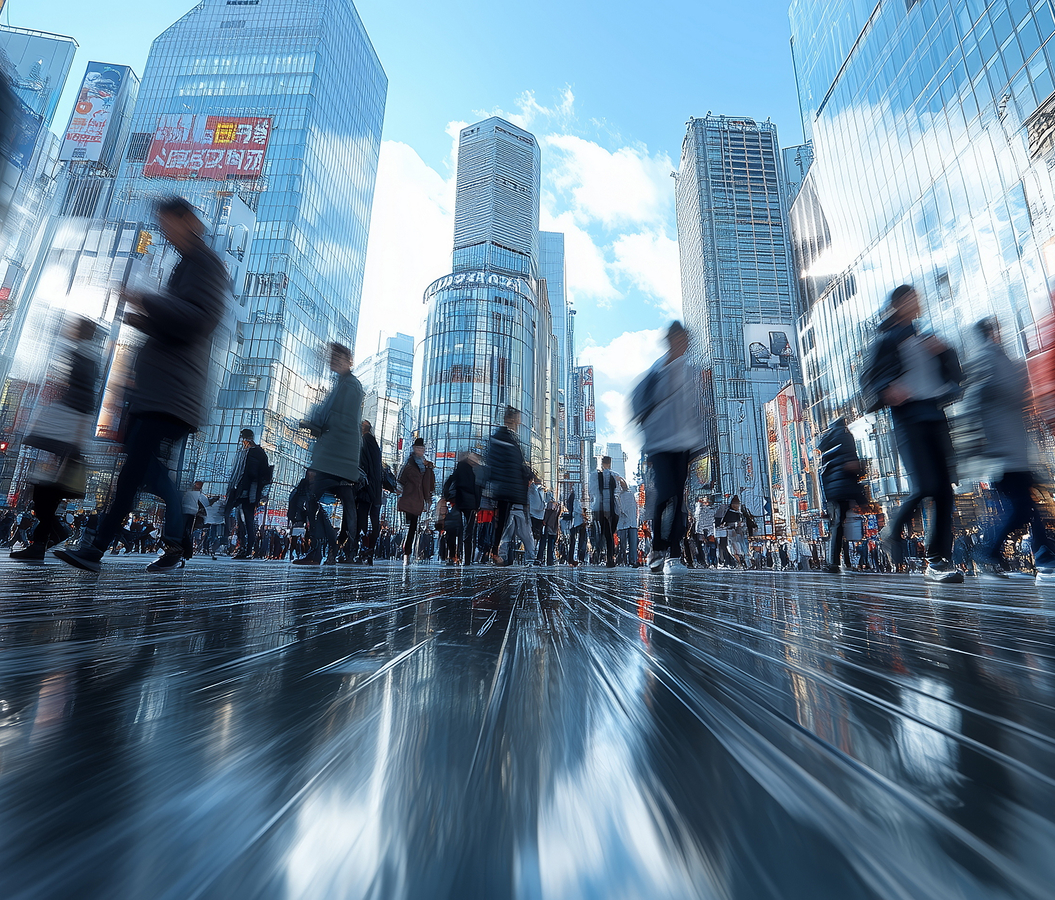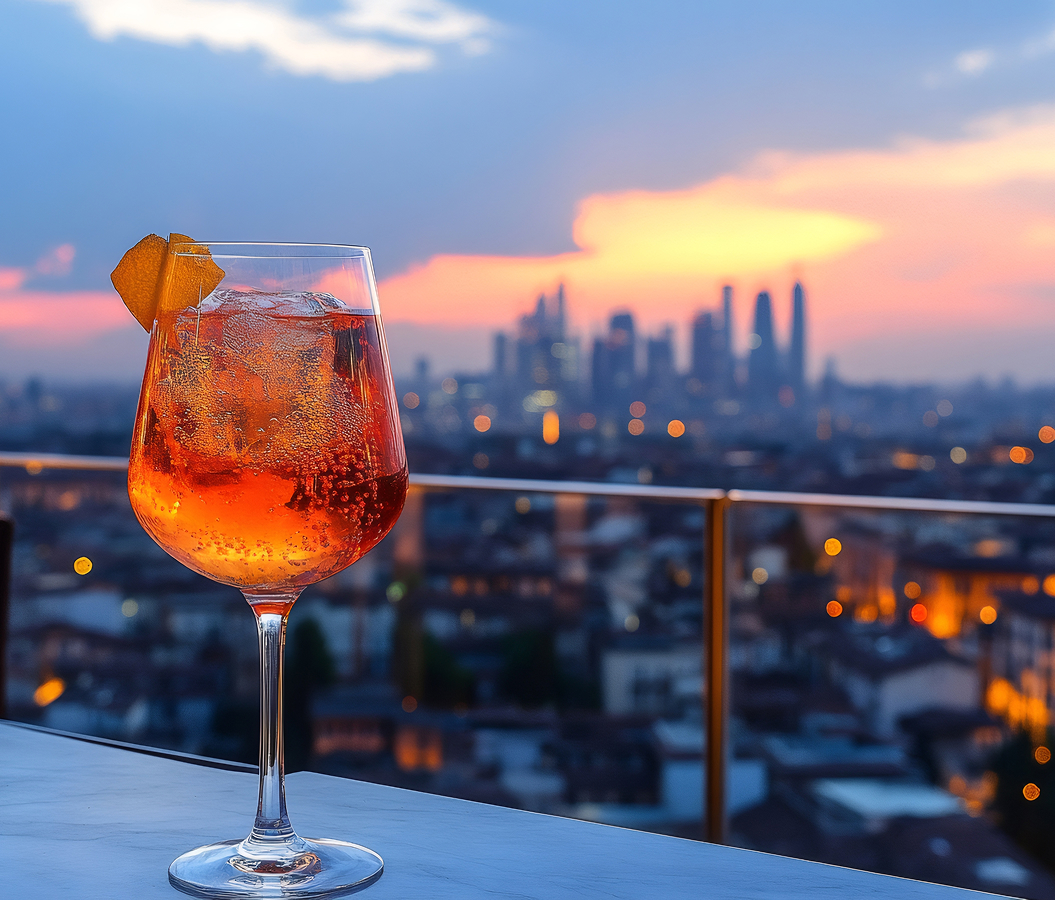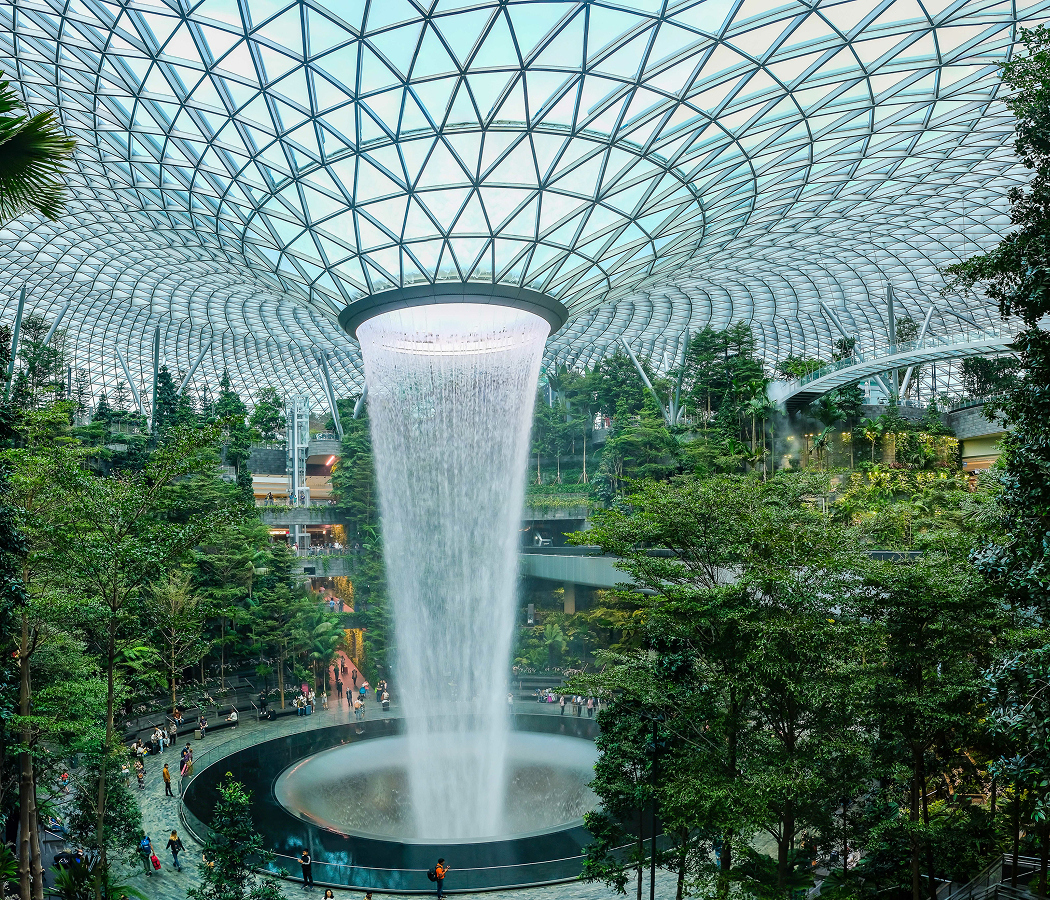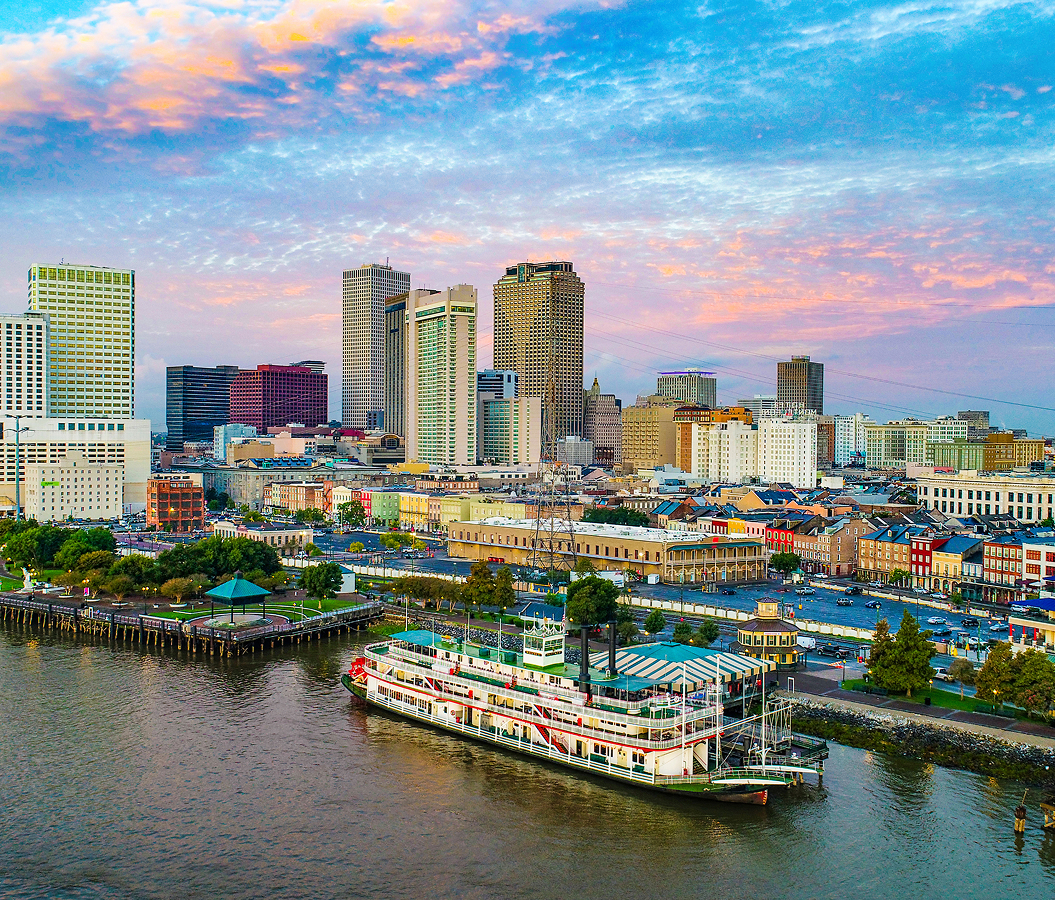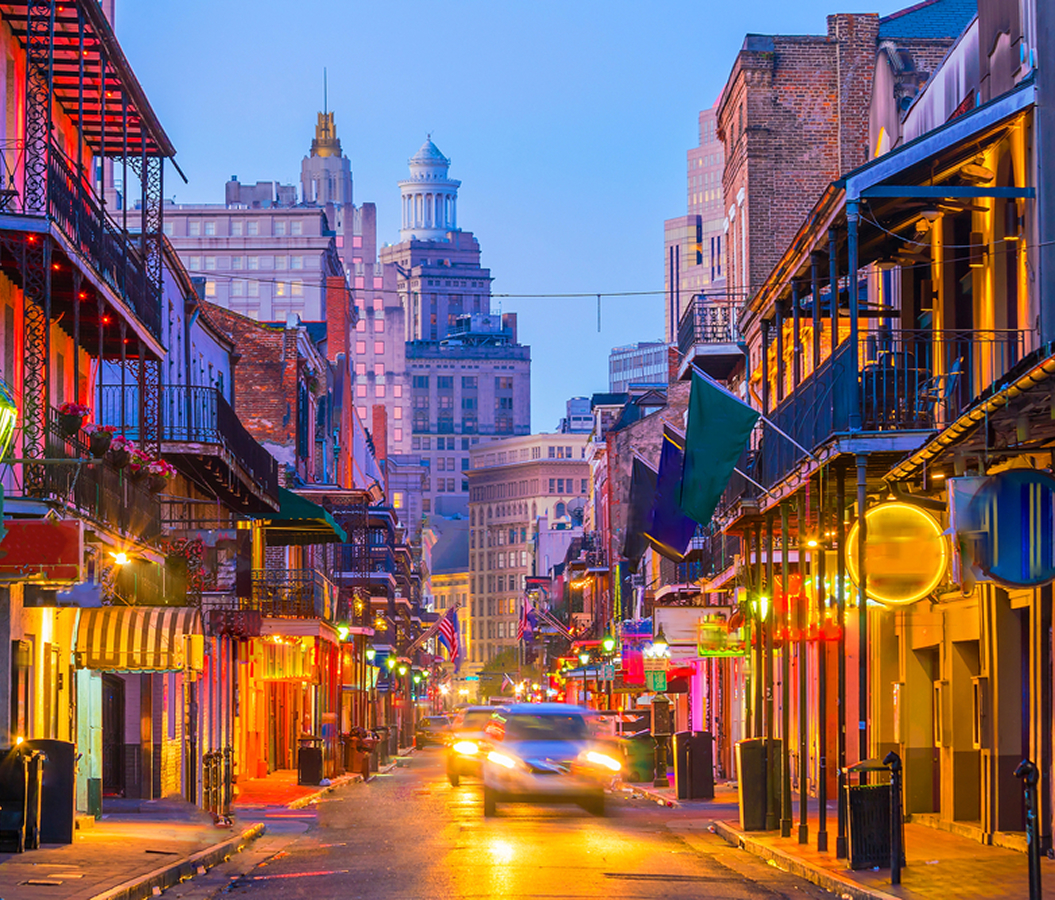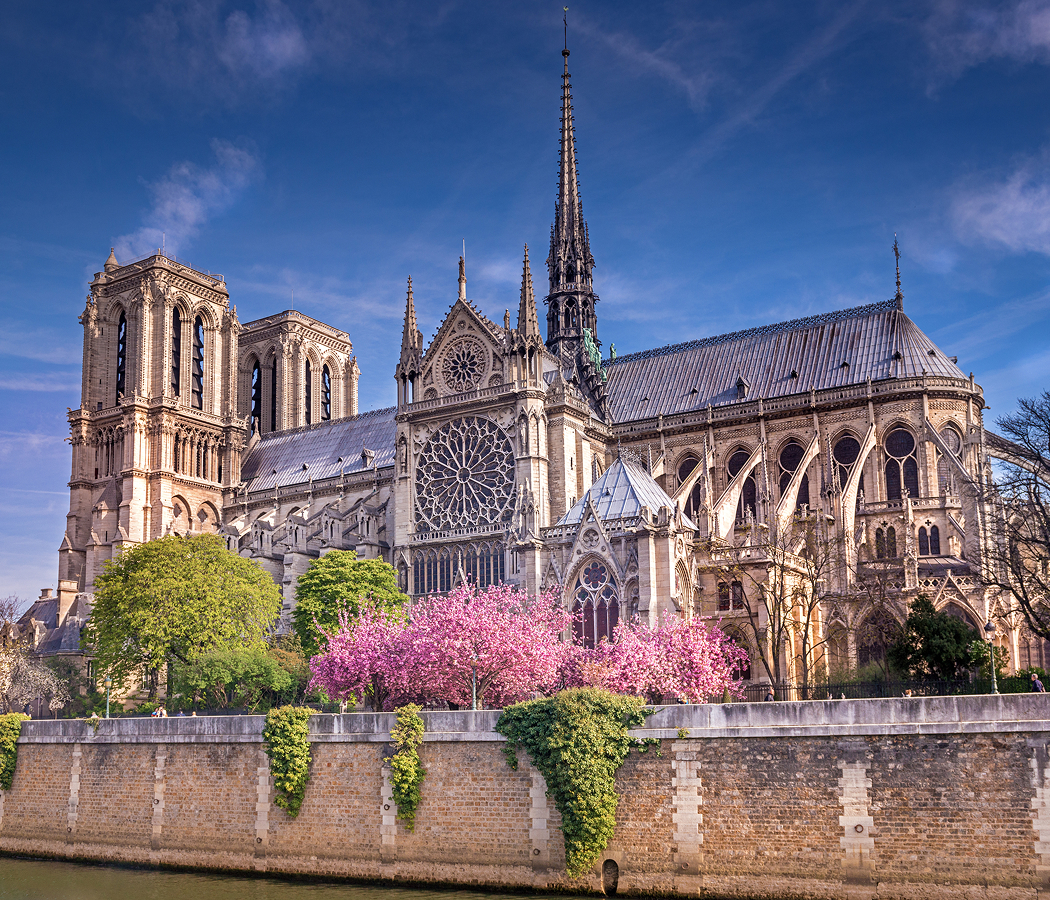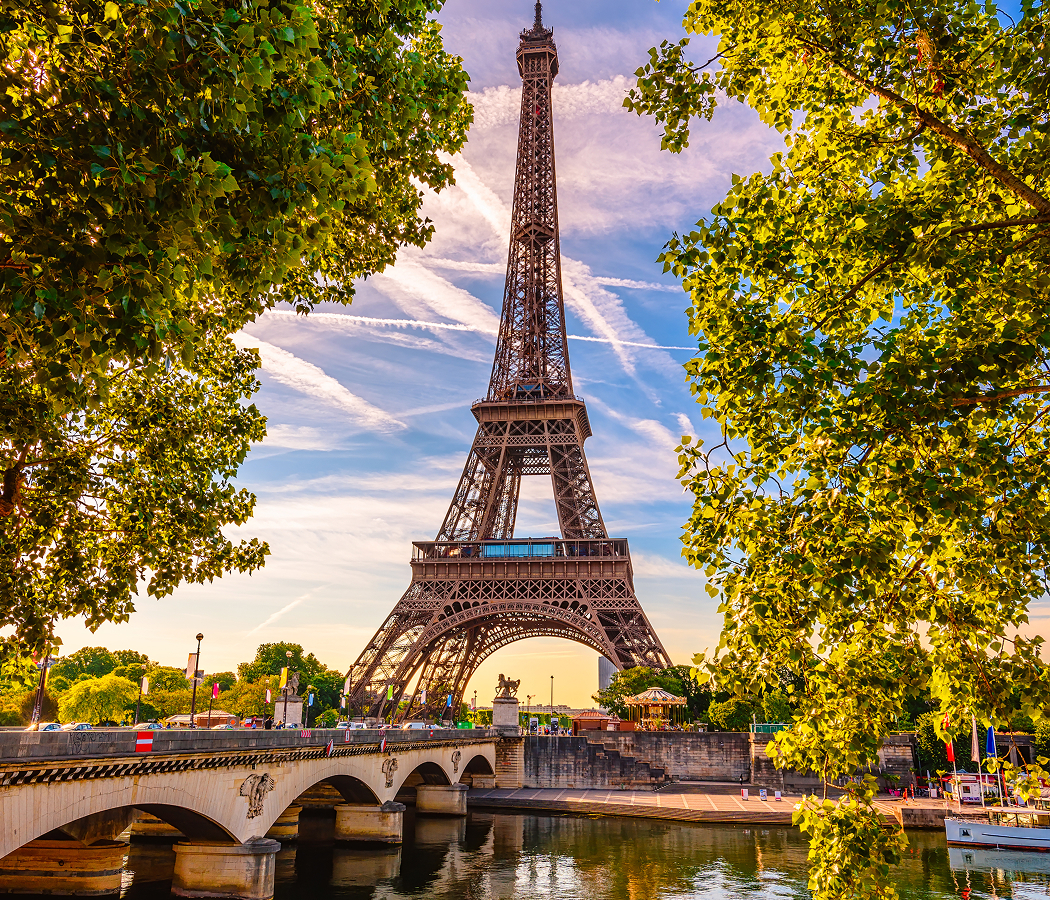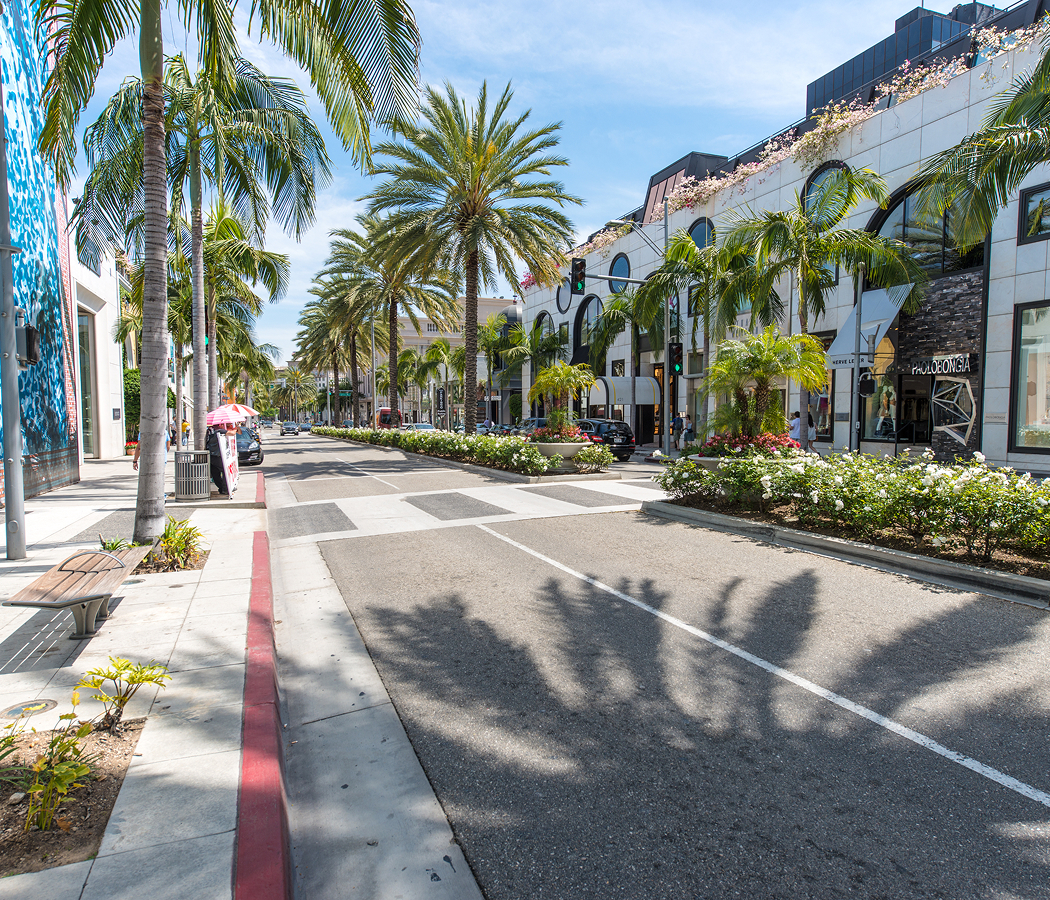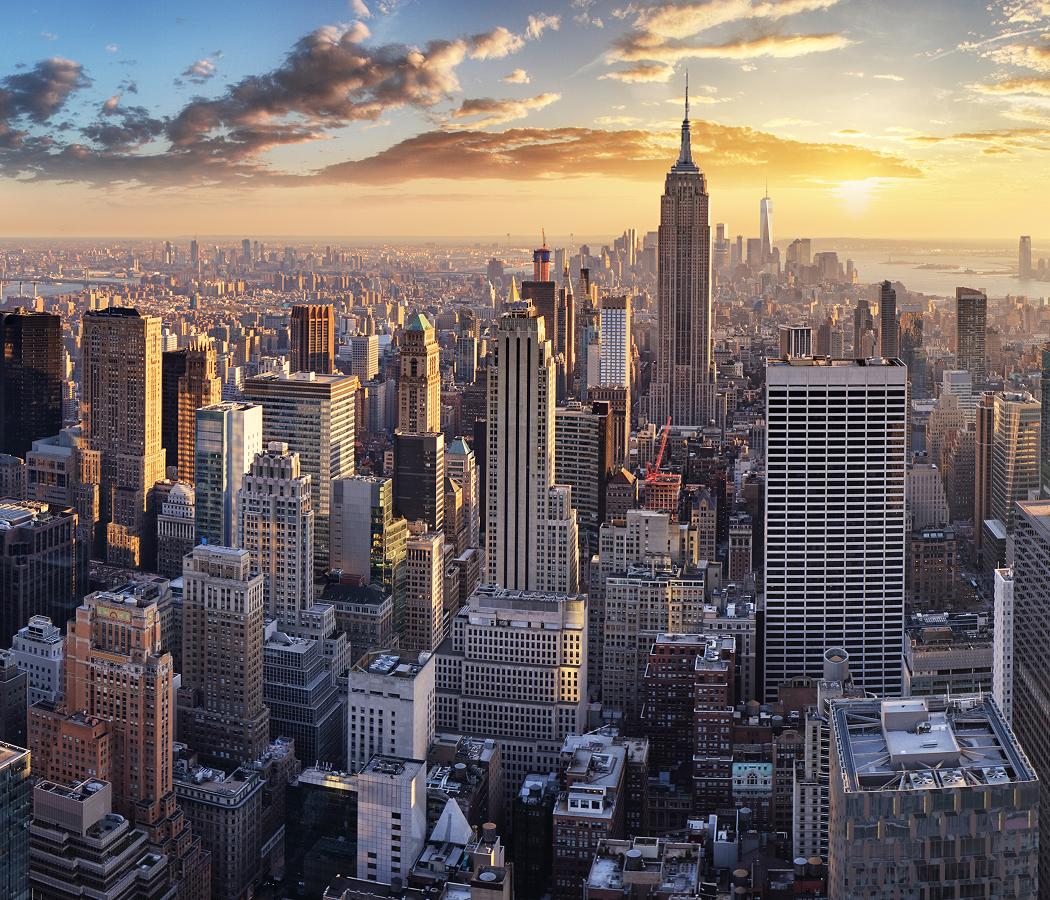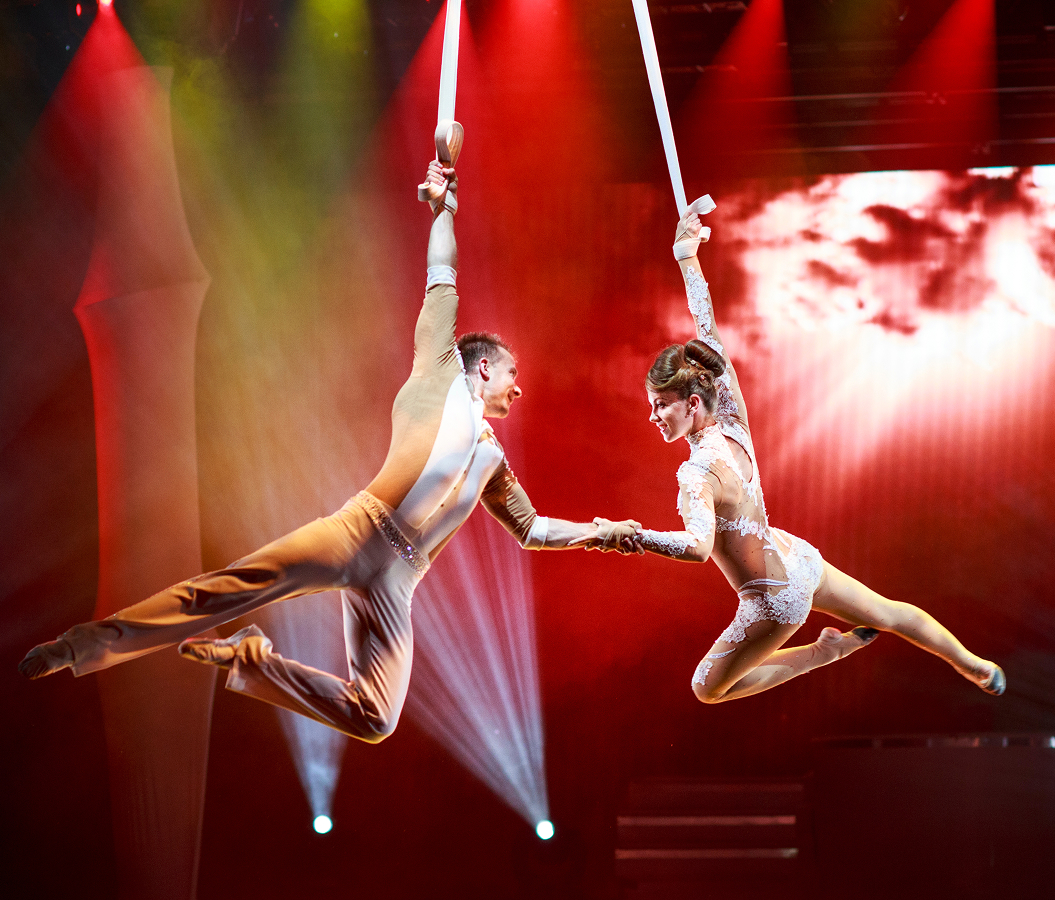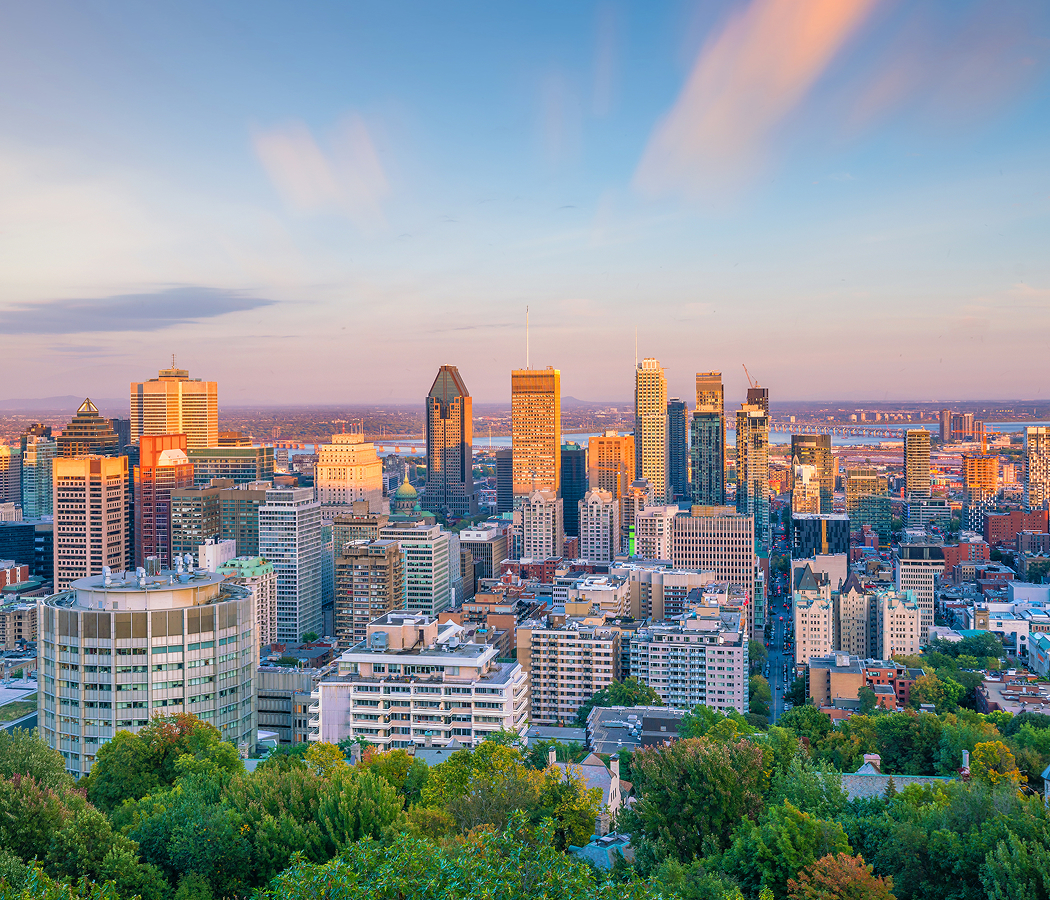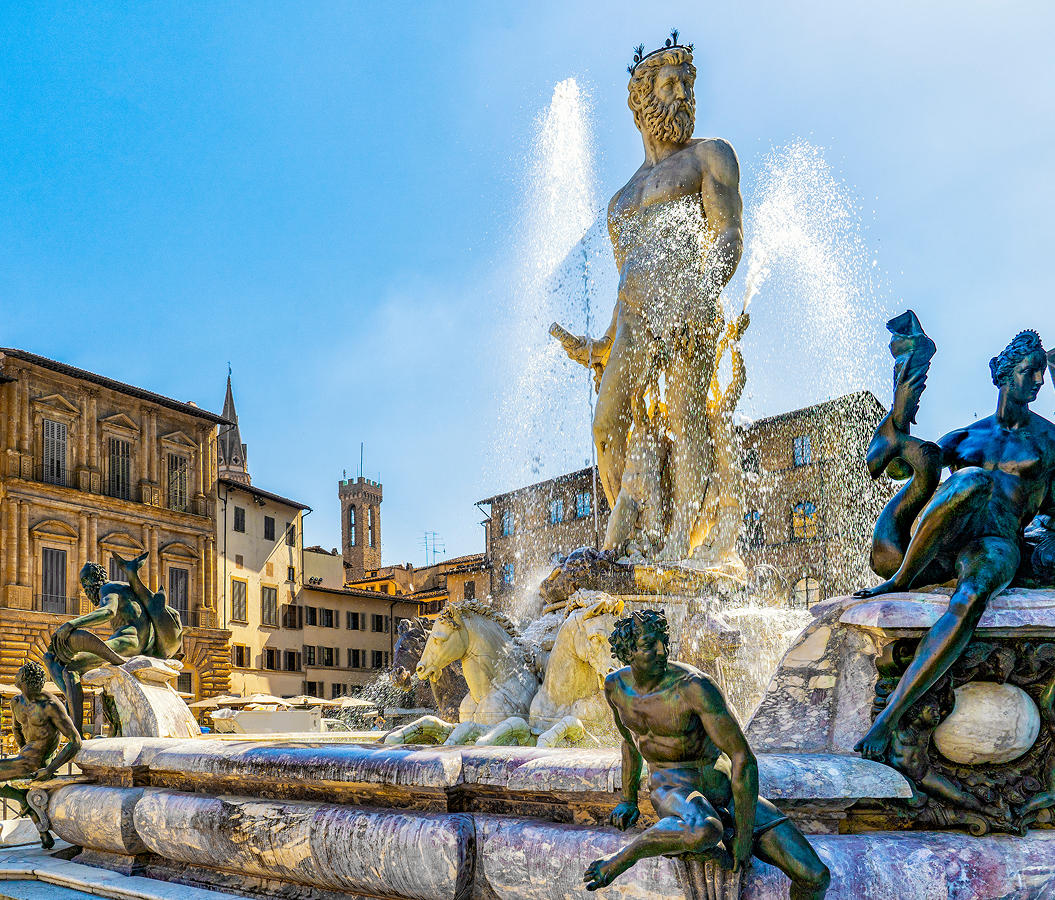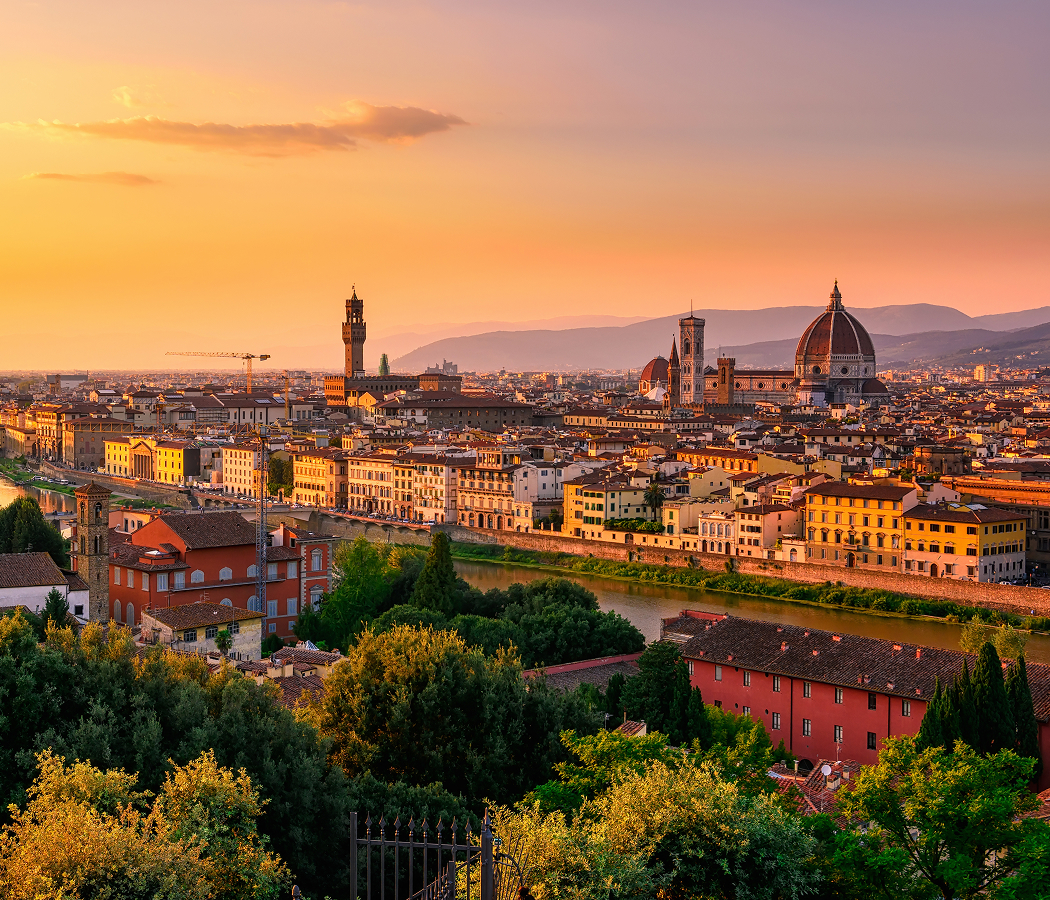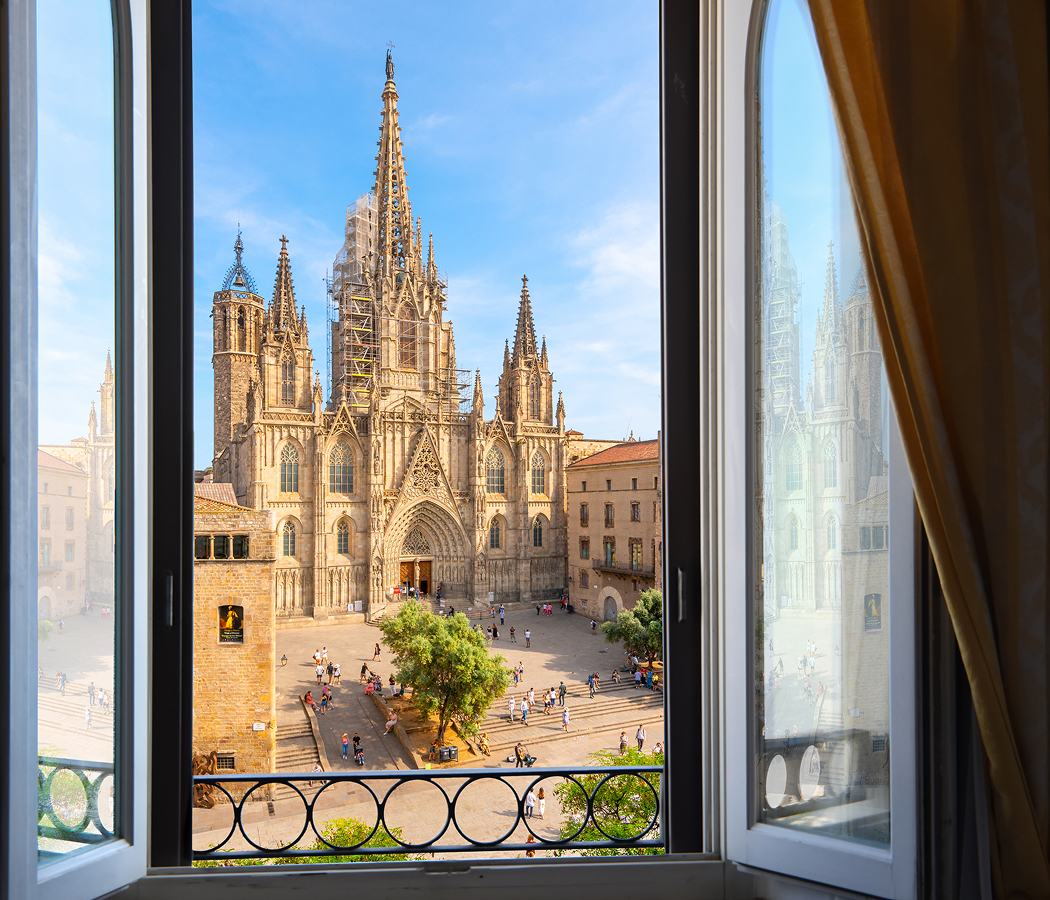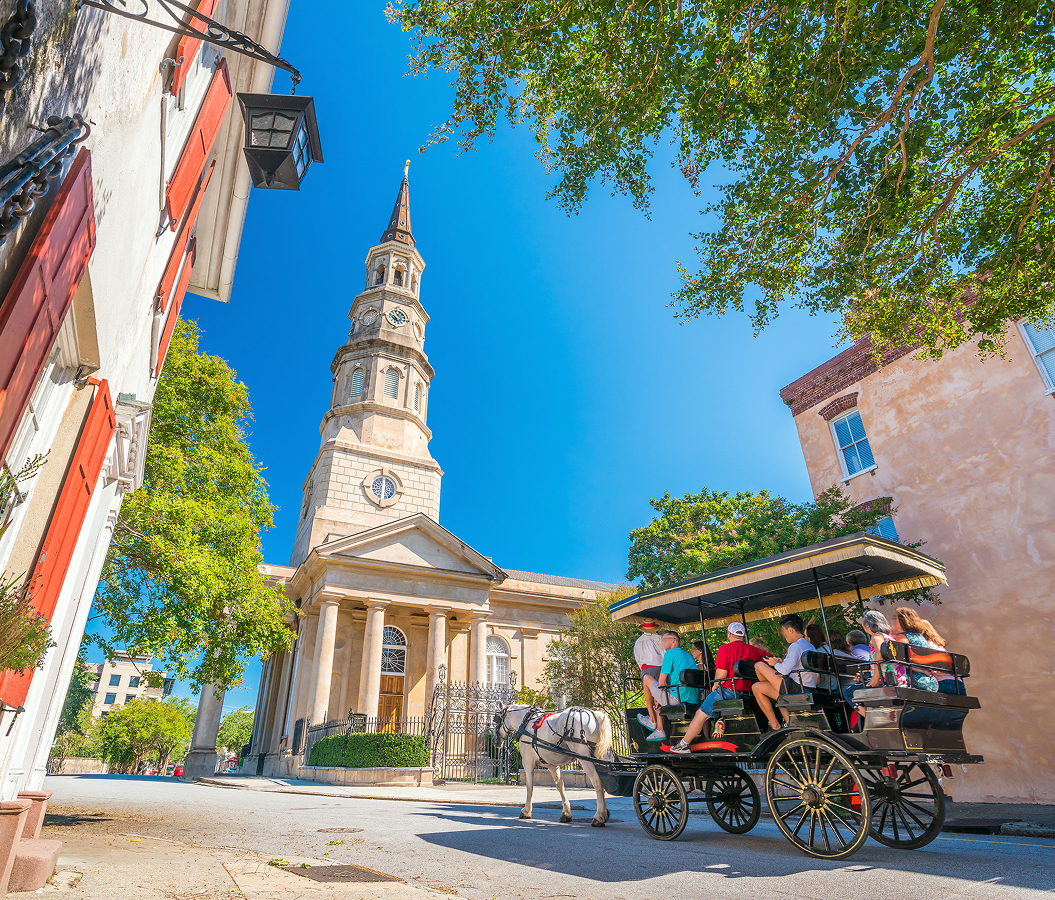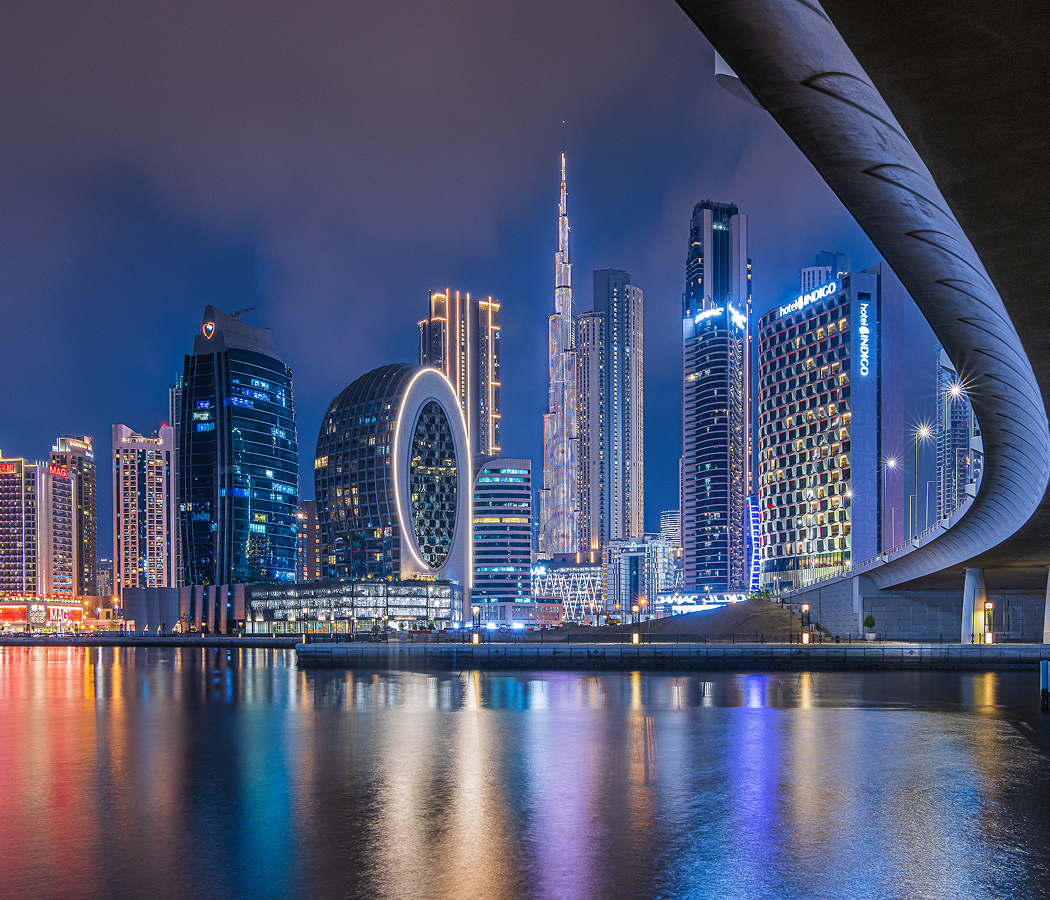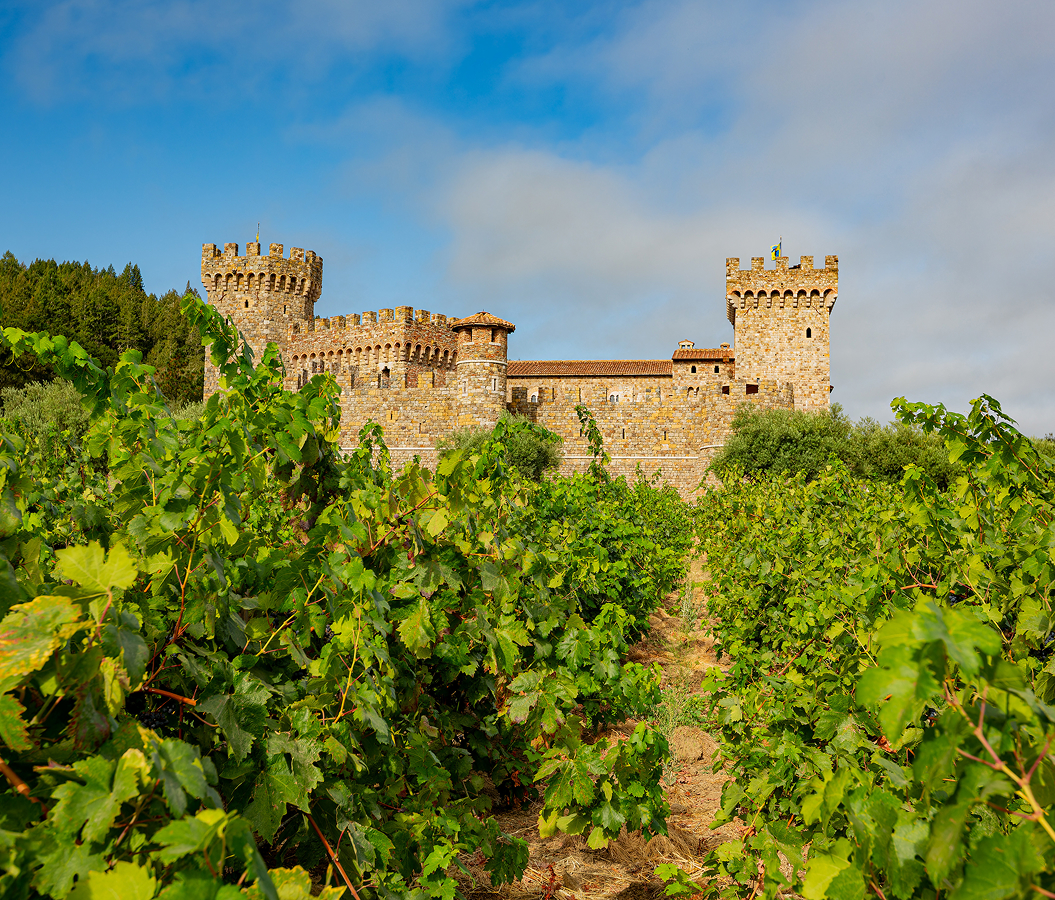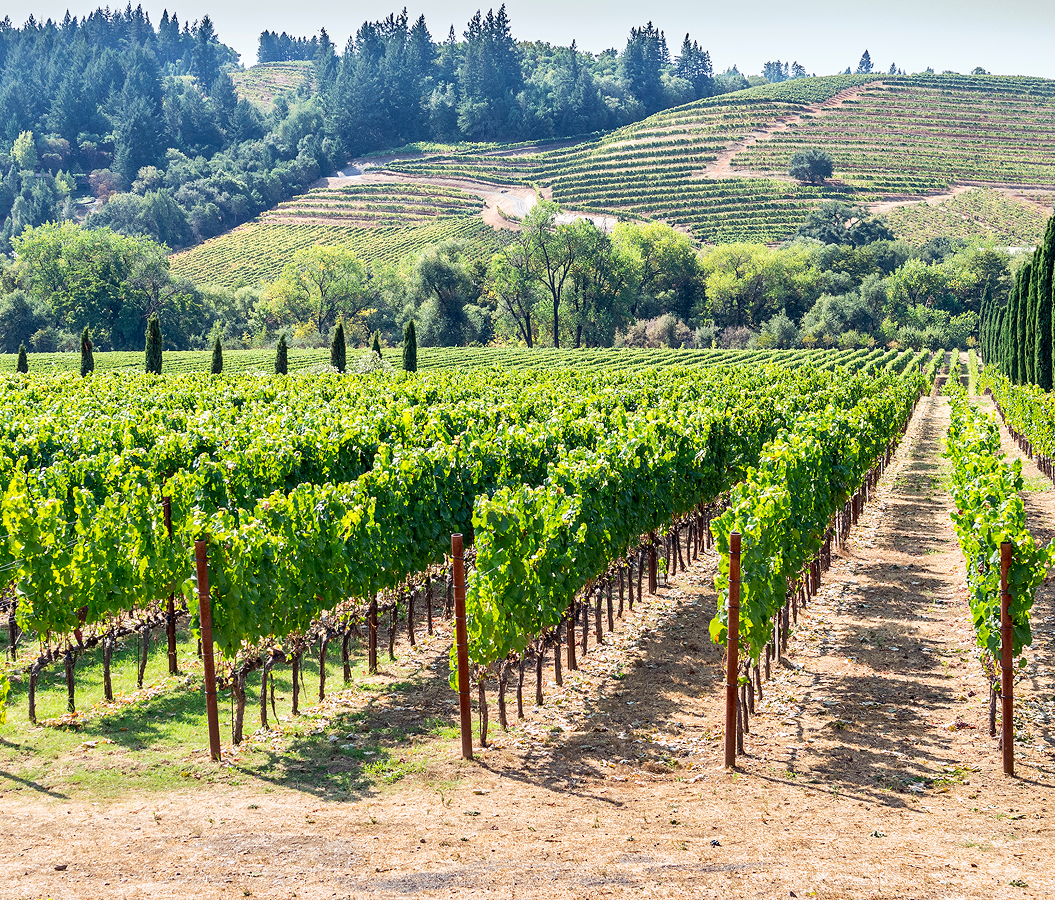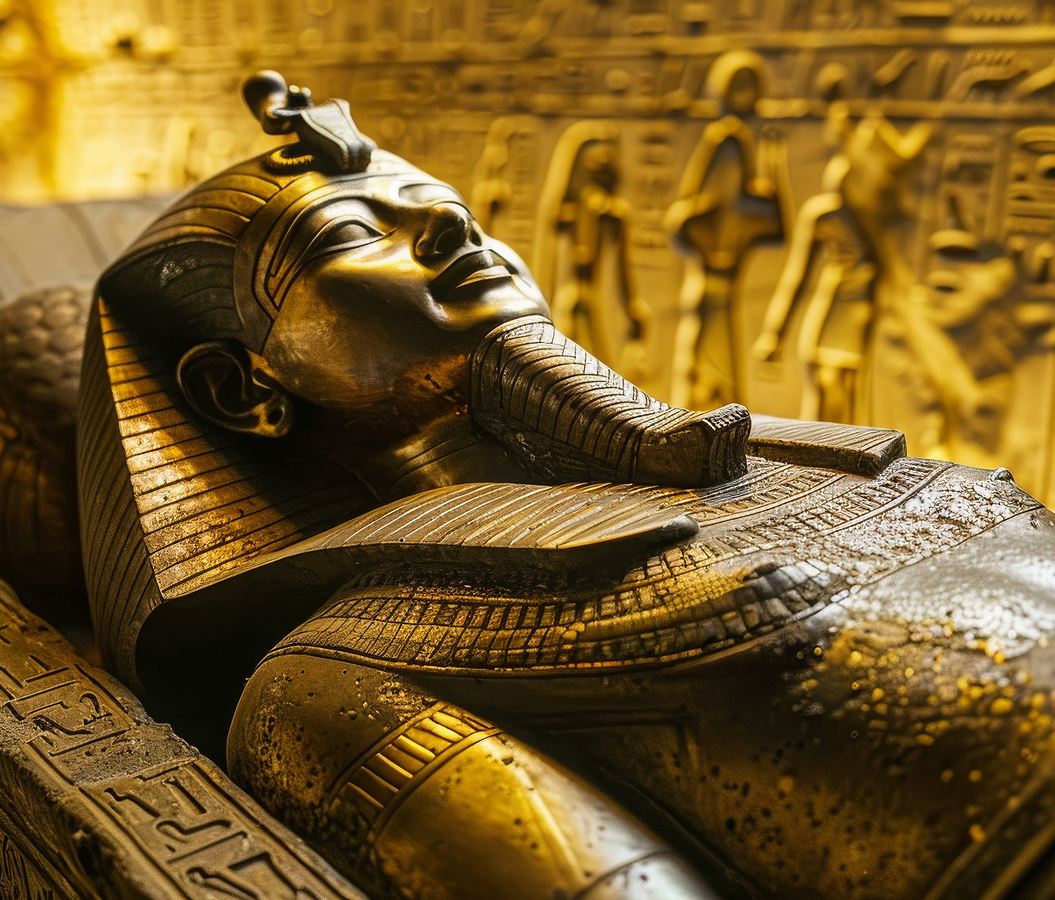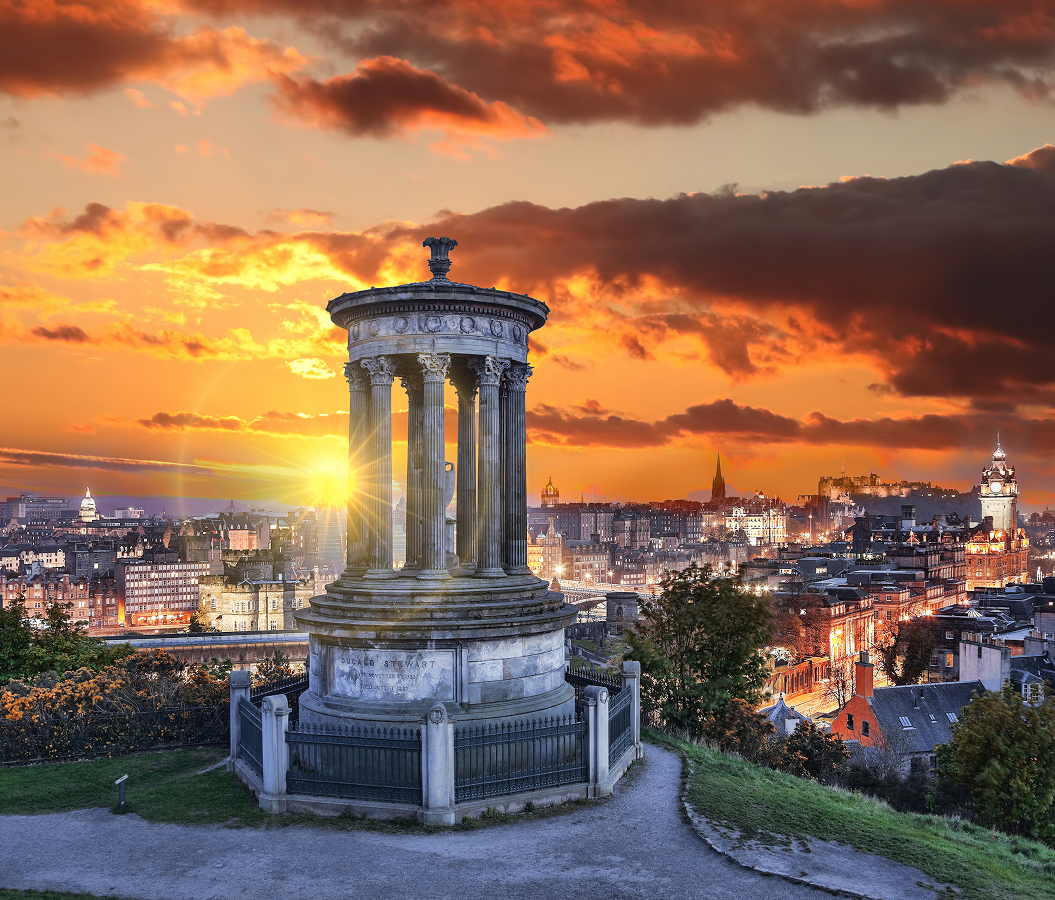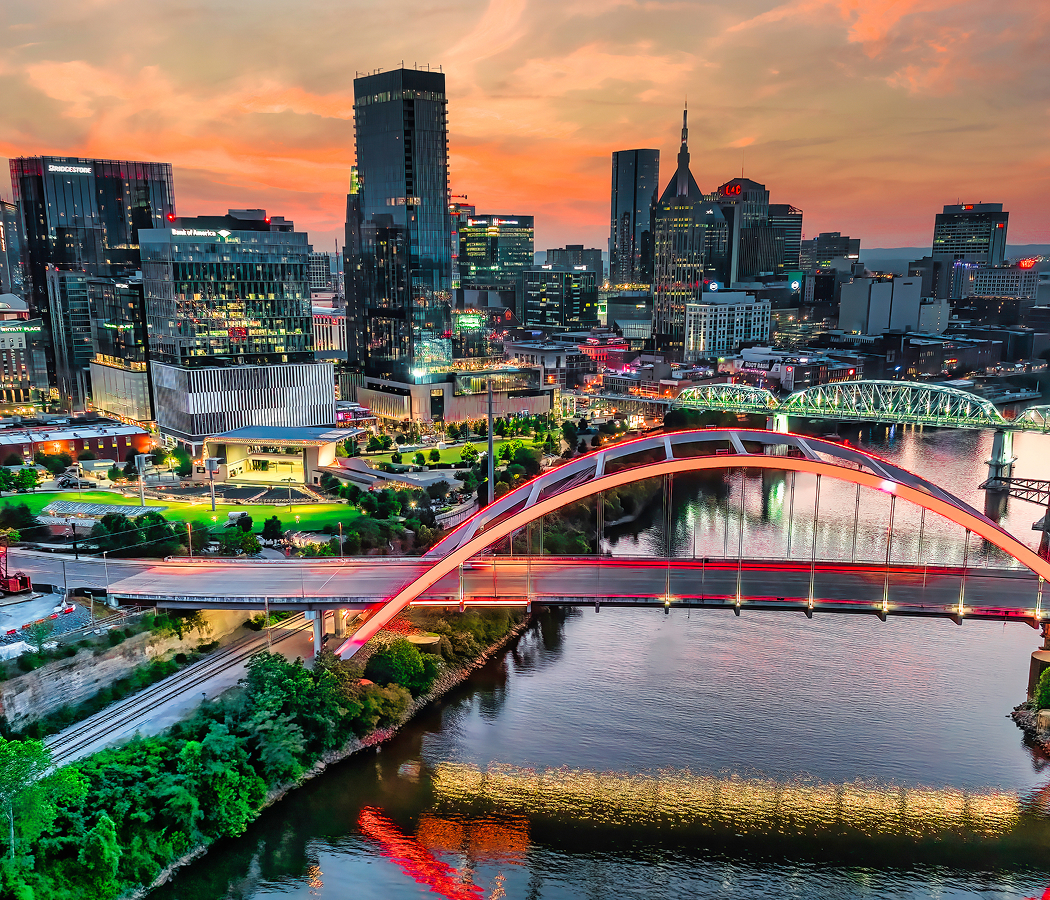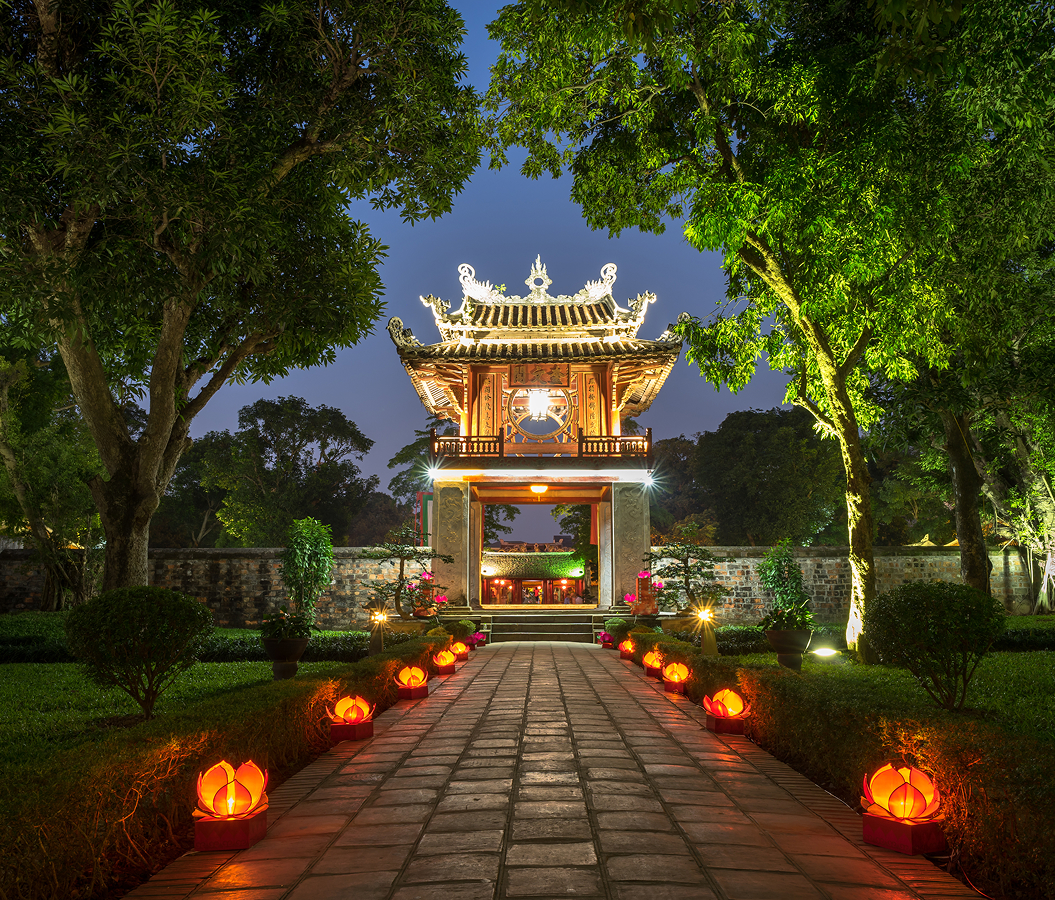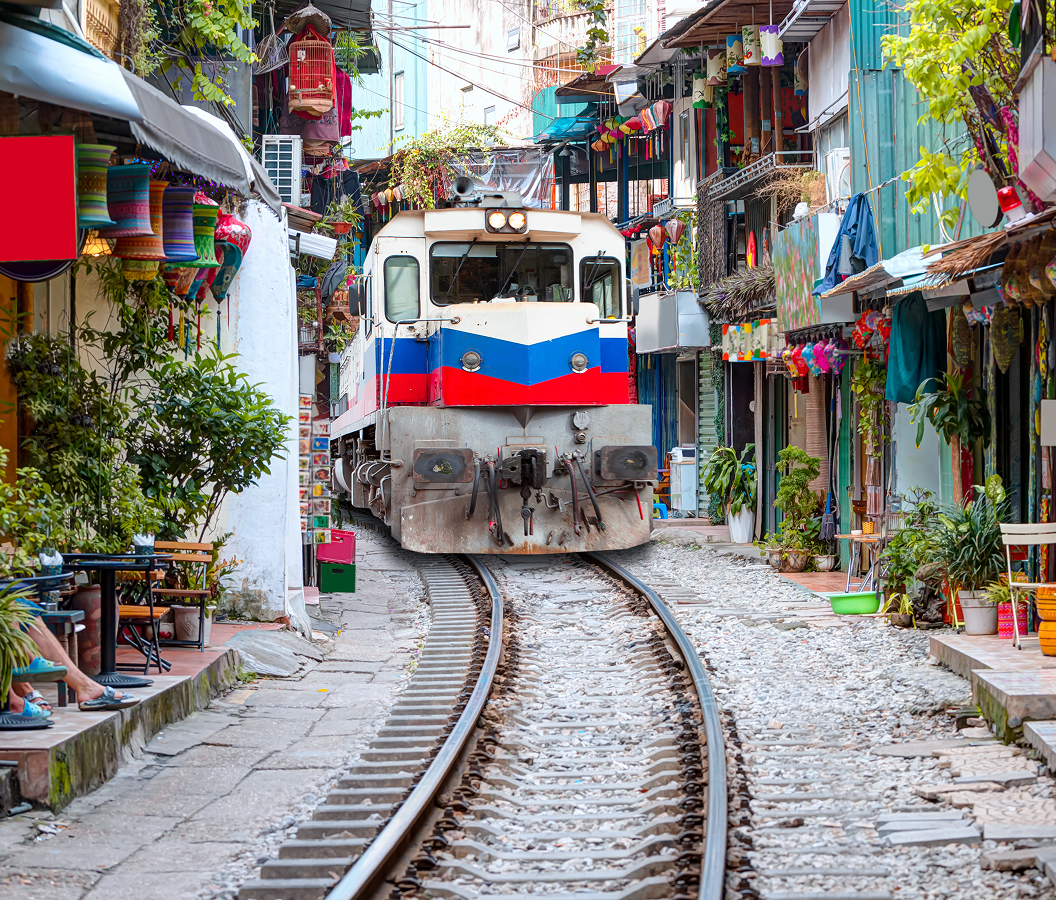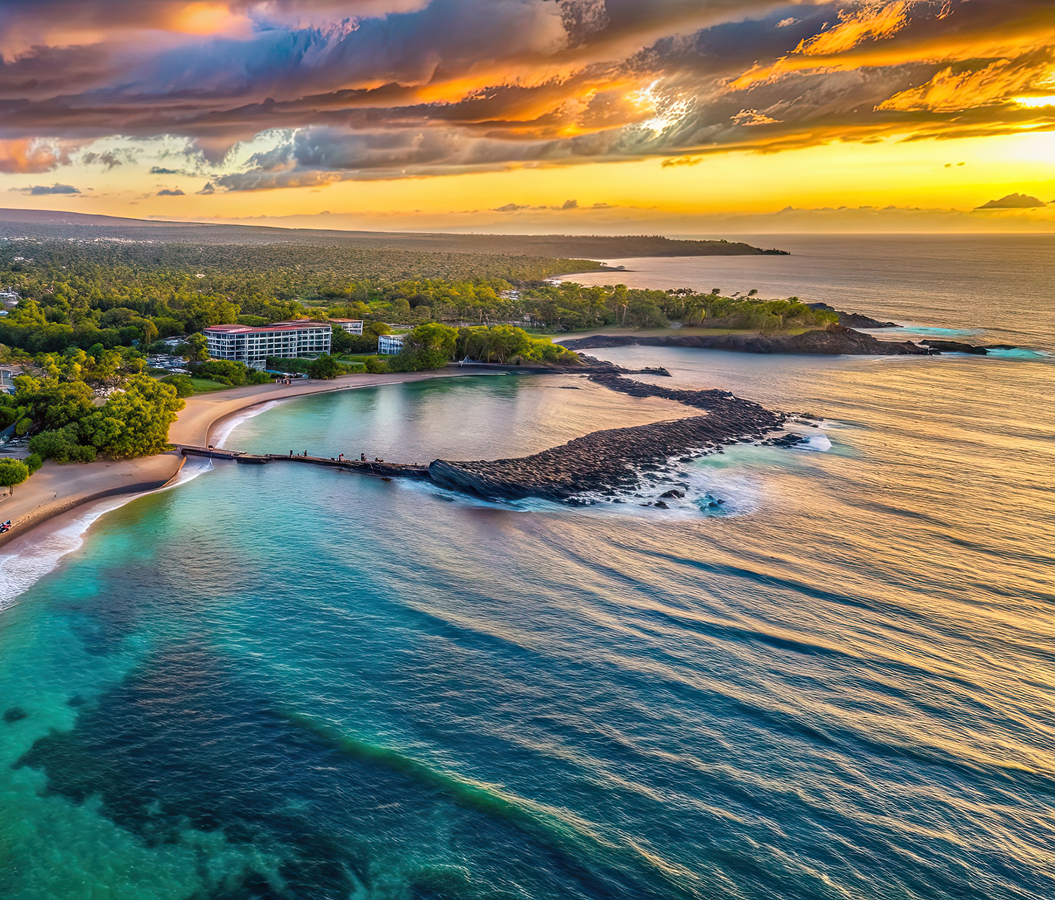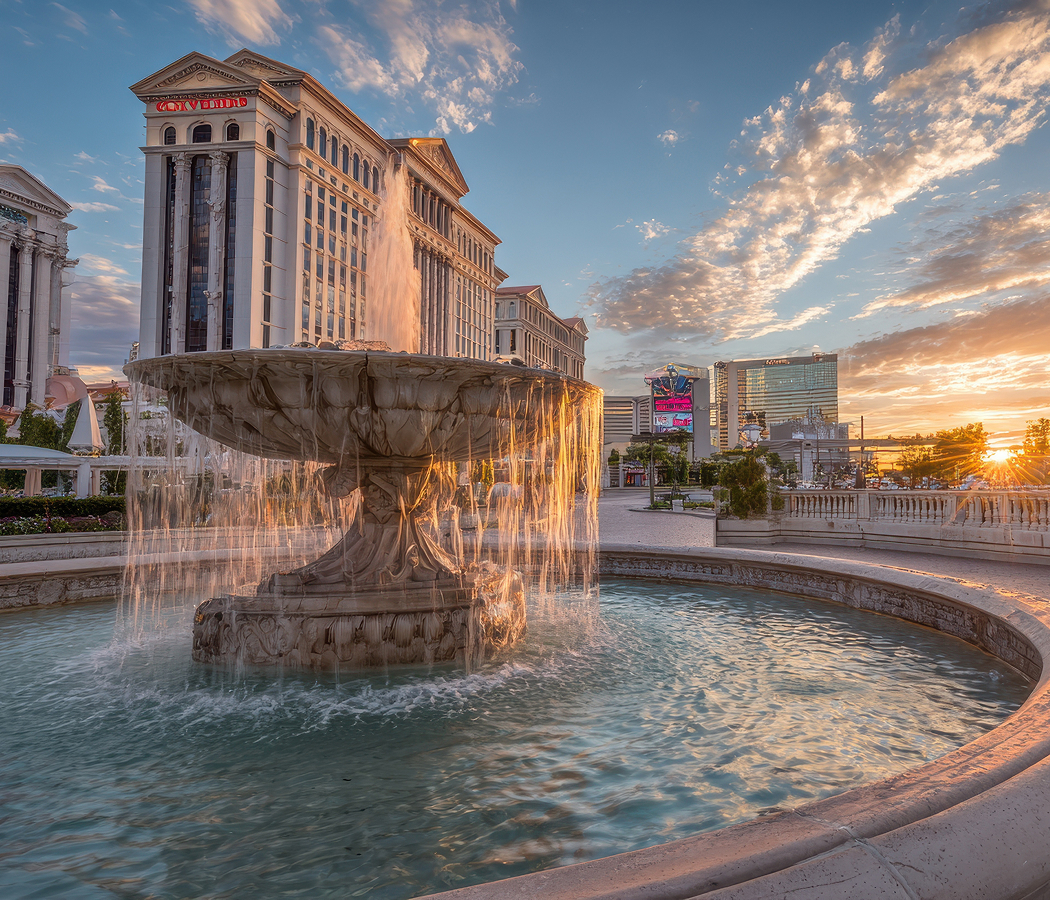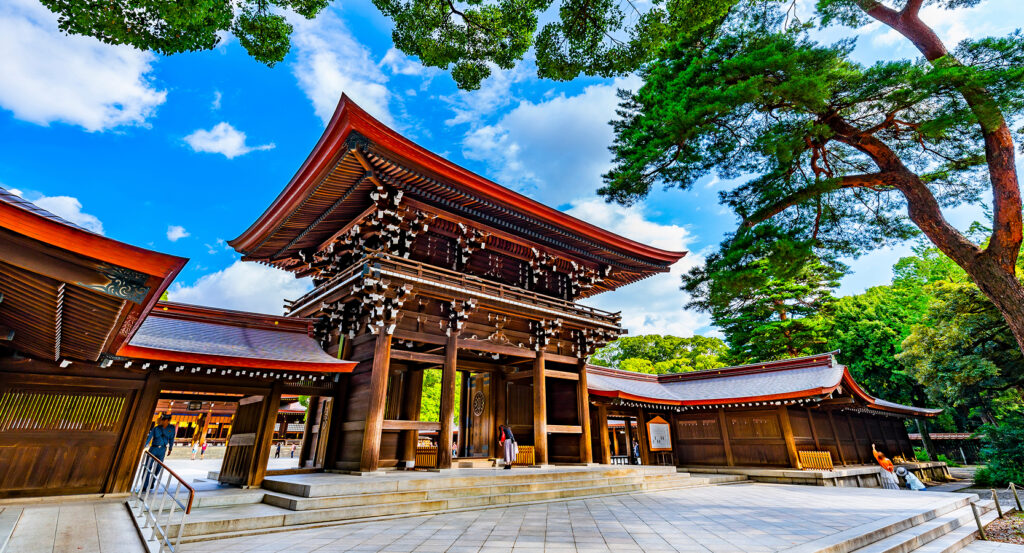
Why you should experience Meiji Jingu (Meiji Shrine) in Tokyo.
Meiji Jingu (Meiji Shrine) in Tokyo isn’t just a shrine — it’s a sanctuary where the pulse of one of the world’s busiest cities softens into something sacred.
Nestled within a vast evergreen forest between Shibuya and Harajuku, this Shinto shrine honors Emperor Meiji and Empress Shōken, whose reign marked Japan’s transformation into a modern nation. The moment you step beneath the towering torii gate, the air changes — cicadas hum in the canopy, gravel crunches softly underfoot, and the scent of cedar drifts through filtered sunlight. The noise of the city fades completely, replaced by a profound stillness that feels almost otherworldly. The path leads through 170 acres of forest, planted by volunteers over a century ago, and as you walk, the shrine seems to reveal itself slowly, like a spirit emerging from mist. The architecture is pure and deliberate — wooden beams, copper roofs, and subtle symmetry reflecting Shinto ideals of harmony and respect for nature. Standing before the main hall, you feel a gentle gravity — not one of spectacle, but of peace. This isn’t a place that shouts its significance; it whispers it, through quiet air and reverent ritual.
What you didn’t know about Meiji Jingu.
Meiji Jingu is more than a religious site — it’s a living embodiment of Japan’s national rebirth.
Completed in 1920, the shrine was built to honor Emperor Meiji and Empress Shōken, who guided Japan through the Meiji Restoration — the seismic shift that ended centuries of isolation and opened the nation to the modern world. Every element of the shrine reflects that era’s balance between tradition and transformation. The surrounding forest — home to over 100,000 trees donated from across Japan and beyond — symbolizes unity, with each tree representing a wish for peace and renewal. Though the original shrine was destroyed during World War II air raids, it was lovingly rebuilt by citizens in 1958, demonstrating a collective reverence for the spiritual heart of Tokyo. The shrine’s offerings and rituals remain deeply tied to everyday life: visitors write prayers on ema (wooden plaques), tie fortunes to sacred trees, and bow twice before clapping twice — a rhythm that feels both ancient and grounding. The Meiji Memorial Picture Gallery, nearby, showcases large murals depicting the emperor’s life and Japan’s modernization, blending reverence with cultural pride. Few realize that even the sake barrels and wine casks flanking the entrance — symbols of Japan’s and France’s friendship — embody the fusion of East and West that Meiji championed. To walk here is to feel the nation’s spiritual DNA — a calm center around which modern Tokyo still spins.
How to fold Meiji Jingu into your trip.
The best way to experience Meiji Jingu is to surrender to its rhythm — slow, intentional, and deeply human.
Enter through the Harajuku Gate, where the giant cypress torii stands like a threshold between worlds. Walk the gravel path without rushing, letting the natural hush cleanse the noise from your mind. Pause at the temizuya, the cleansing basin, and follow the ritual of purification — rinse your hands, then your mouth — before approaching the main shrine. Observe or join the prayers, feeling the sincerity that infuses every bow. If you’re fortunate, you might witness a traditional Shinto wedding procession — brides in white kimonos gliding through the courtyard beneath vermilion parasols, accompanied by priests and musicians whose flutes echo through the forest. Visit the Inner Garden, especially during the spring iris bloom or autumn’s fiery leaves, where Emperor Meiji once composed poetry. For a more contemplative moment, visit early in the morning, when dew clings to the trees and the city still sleeps. Before you leave, stop by the offering hall, where you can write your own wish for peace or gratitude — a quiet gesture that connects you to millions who have done the same before you. Meiji Jingu is Tokyo’s spiritual lungs — a place where time slows and reverence breathes. In its sacred stillness, you feel Japan’s essence: humility, renewal, and a beauty that lives not in grandeur, but in grace.
Hear it from the Foresyte community.
“You don’t come here for the photos, you come here to breathe. Wooden gates, old rituals, a forest that feels like it’s watching over you.”
Where meaningful travel begins.
Start your journey with Foresyte, where the planning is part of the magic.
Discover the experiences that matter most.


